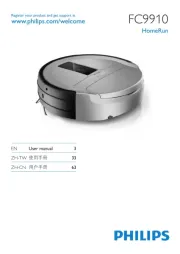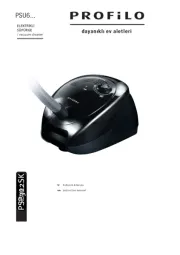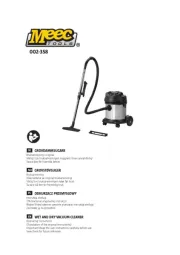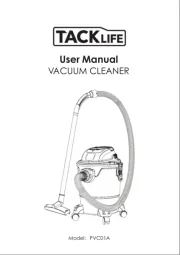Philips FC6908 Manual
Philips
Støvsugere
FC6908
| Mærke: | Philips |
| Kategori: | Støvsugere |
| Model: | FC6908 |
Har du brug for hjælp?
Hvis du har brug for hjælp til Philips FC6908 stil et spørgsmål nedenfor, og andre brugere vil svare dig
Støvsugere Philips Manualer

8 Juli 2024

6 Oktober 2022

6 Oktober 2022

6 Oktober 2022

6 Oktober 2022

6 Oktober 2022

6 Oktober 2022

6 Oktober 2022

6 Oktober 2022

6 Oktober 2022
Støvsugere Manualer
- Hotpoint Ariston
- Black And Decker
- Logik
- Lavor
- Far Tools
- Grundig
- Medion
- Vorwerk
- Klarstein
- Eldom
- Tefal
- Meec Tools
- Bomann
- Solac
- Princess
Nyeste Støvsugere Manualer

15 Januar 2025

15 Januar 2025

15 Januar 2025

14 Januar 2025

13 Januar 2025

13 Januar 2025

12 Januar 2025

12 Januar 2025

12 Januar 2025

15 Oktober 2024
